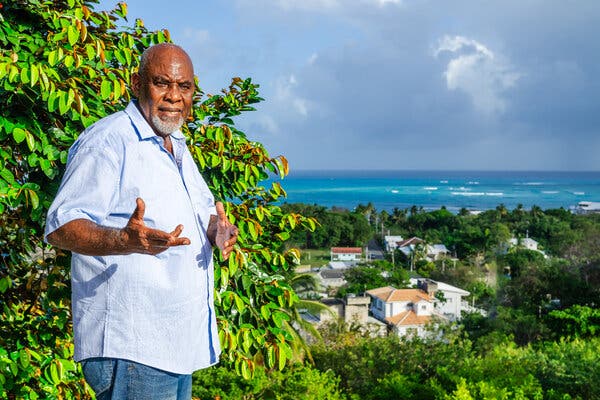You Haven’t Seen Blue Until You’ve Seen San Andres
2 min readOn San Andres, a small Colombian island in an archipelago off the Caribbean coast of Nicaragua, counting the blues in the famous “Sea of Seven Colors” is on every visitor’s to-do list. It’s a midday activity done en route as you cruise among the cays, or keys, dotting San Andres’s eastern side: low-lying (mostly) uninhabited specks that aren’t much more than coral topped with palm trees and circled by sandbars.
From my bobbing perch, I counted six: a deep sapphire, a dusky azure, stripes of teal, turquoise and cerulean and, in the distance, a swath of brilliant cyan against the edge of a tiny, palm-fringed island.
“Do you see seven?” the boat’s captain asked.
When I told him my tally, he laughed. “Six?” he said. “That means you can still relax a little more.”
San Andres is not on the radar of many U.S. travelers, but in Latin America, and especially among Colombians, it is a coveted honeymoon destination or a long-weekend retreat — a spot in the middle of the ocean to disconnect from whatever weighed you down on the mainland.

Connecting with history
The archipelago of San Andres and Providencia is more than 400 miles north of the mainland of Colombia, and closer to 100 miles east of Nicaragua, but thanks to a historical wrinkle that is still being ironed out, it is part of Colombia.



